When we think about empires, our mind usually travels to the ancient past. However, some of the largest empires in history are actually quite modern. Before we look at the greatest ones which have ever existed, it is worth looking at this kind of political entity in a bit more detail.
We can call one country or state formation an empire when it expands beyond its borders and covers various ethnic groups. It is important to note that these formations are much less stable compared to national states. Enough lessons for now!
Let’s look at the top ten empires ever.
1. British Empire
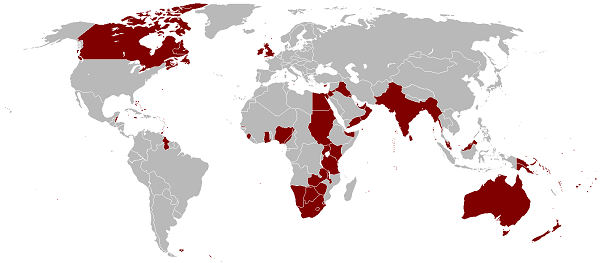
Source: Wikipedia
This is the largest empire which has ever existed. It all began in the 1500’s when British ships started crossing the world’s seas and establishing trading posts and colonies. The territories of some of the largest countries in the world today were part of the empire.
The list includes India, Australia and South Africa. Data from 1922 reveals that the empire spread across 13 million square miles, and had population of 458 million people. The British Empire was a major global power for nearly 4 centuries with the end of World War II marking the beginning of its decline.
2. Mongol Empire
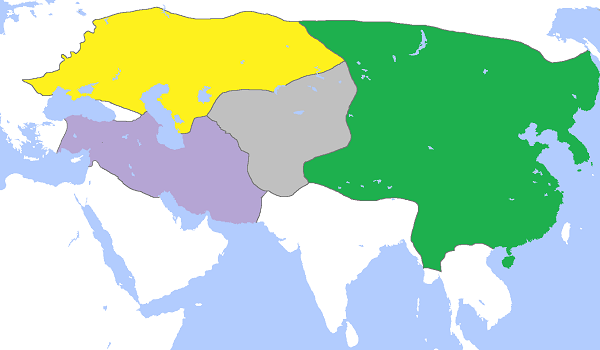
Source: Wikipedia
By territory and population at its peak (around 1279), this is the second largest empire in history. While the British Empire covered territories of various sizes around the globe, the Mongol Empire spread across an interrupted large territory in Asia and Europe. It started as a unification of different tribes in Mongolia.
They were led by their famous leader Genghis Khan and conquered practically half of the known world at the time. At its peak, the empire covered a territory of 12.74 million square miles from the Sea of Japan to Eastern Europe.
3. Russian Empire
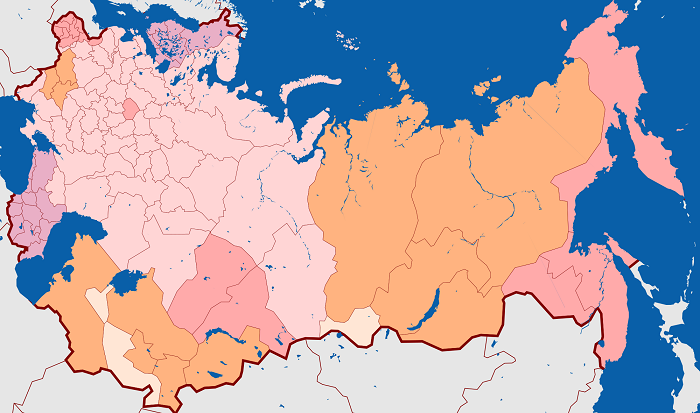
Source: Wikipedia
The rise of the empire began in the 18th century with the weakening of neighboring states such as Sweden and the Ottoman Empire. In the middle of the 19th century, it covered territories from the Baltic in the east to the Pacific in the west and from the Arctic Ocean in the north to the Black Sea in the south.
Alaska was part of it before the territory was sold to the United States. The rule of Catrine the Great from 1761 to 1796 is considered to be the golden age of the empire.
4. Roman Empire
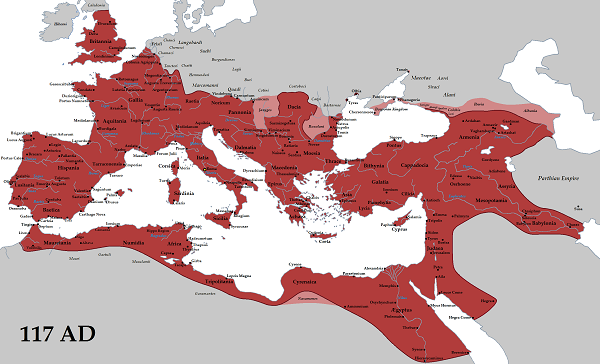
Source: Wikipedia
It may have not been one of the largest in history, but this empire is undoubtedly the best known primarily for the unique contributions of the Roman civilization to the development of law, governance, politics, warfare and many other spheres of life. It was also one of the most powerful ancient empires.
At its peak, it covered most of Europe, including the territories of modern-day Italy, Germany, France, Spain and England, and rest of the Mediterranean region. It existed between 27 BC and 395 AD when it was split into Western and Eastern Roman Empire (Byzantium, which fell completely under Ottoman rule in 1453).
5. Spanish Empire
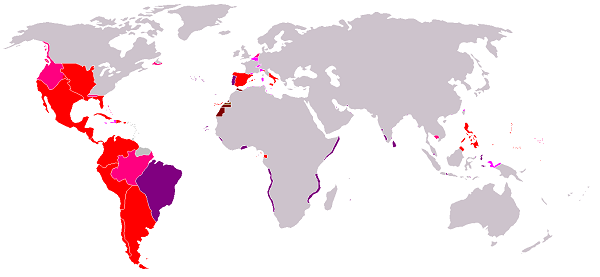
Source: Wikipedia
It experienced its peak in the 16th and 17th centuries when it included territories on all inhabited continents of the world plus Oceania. The Spanish were the forerunners in the Age of Exploration and this allowed them to conquer practically half of South America, most of Central America and much of North America.
They ruled over many islands in the Pacific including the territory of modern-day Philippines. The Spanish Empire was the major power in the world at the time of its peak.
6. Achaemenid Empire

Source: Wikipedia
Popularly known as the Persian Empire, it is one of the oldest in history and one which has left some of the most valuable cultural heritage. It existed for nearly two centuries from 550 to 330 BC. When it was at its peak, this ancient empire covered territories in Asia, Africa and Europe.
The largest territorial conquest was achieved by the founder of the empire, Cyrus the Great. Some of the greatest wars in the ancient world were led by the Persians. These include the famous Greco-Persian wars best remembered with the battle of the Thermopylae.
7. Umayyad Caliphate
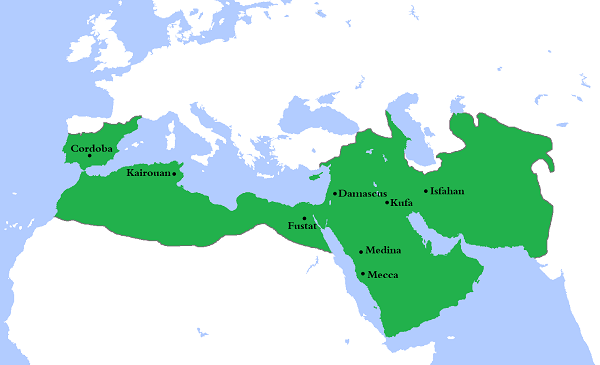
You wouldn’t automatically think of this state when you have to name the largest empires in history, but at the time of its peak it actually covered over 10% of the world’s territory and its population was 620 million. The Umayyad dynasty ruled entire Middle East and large parts of North Africa and the Iberian Peninsula.
The empire existed for a fairly short time between 661 and 750. Still, it is the fifth largest in history.
8. Yuan Dynasty

Source: Wikipedia
Popularly known as the Great Yuan, this one of the largest empires in history was established by Kublai Khan, who was actually the leader of a Mongolian clan, in 1271. However, he proclaimed his dynasty in a traditional Chinese style.
The empire, whose capital was Beijing, spread across 5.4 million square miles across East Asia covering territories of modern-day China, Russia, Mongolia, Indonesia, India, North Korea and South Korea. The empire ceased in exist in 1368.
9. Ottoman Empire
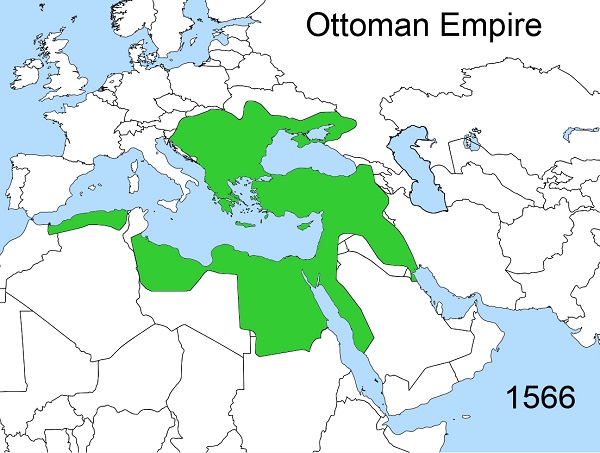
Source: Wikipedia
This one may not be one of the largest empires in history in terms of territory, but it is one of the longest lasting. It was founded in 1299 by Osman I and ceased to exist in 1923 when it was transformed into the Republic of Turkey after having lost most of its territories in Europe, Africa and Asia. Still, at the time of its peak, it spread across a territory of 2 million miles and ruled over 35.3 million people.
10. French Colonial Empire
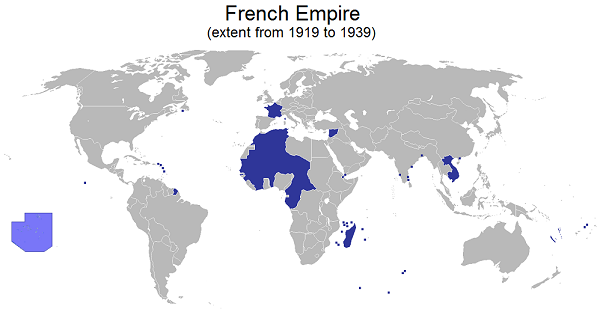
Source: Wikipedia
This is another one of the largest empires in history in terms of territory. It spread across five centuries, but one of the most interesting things about it is that it had practically completely different colonial territories during the first period from 1534 to 1814 and the second one from 1814 to 1980 when it formally ceased to exist.
This is primarily due to the fact that the French lost their territories in North America during the time of the First Empire. During the second one, they conquered new territories in Africa, South East Asia and the Pacific.



